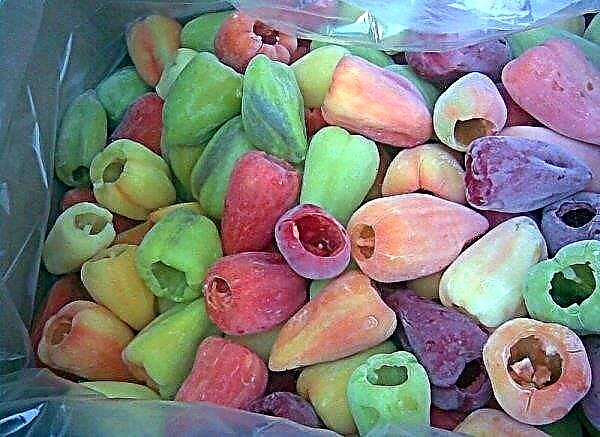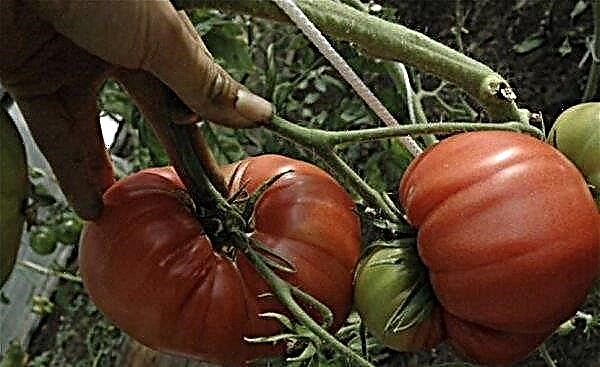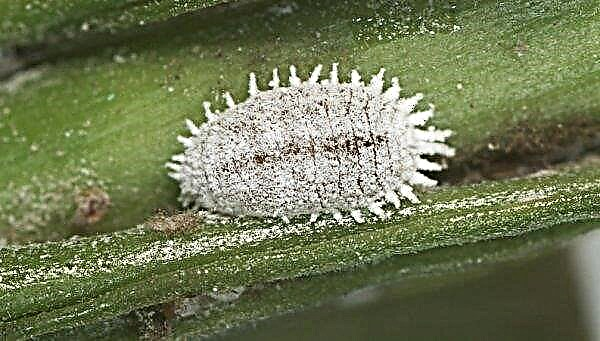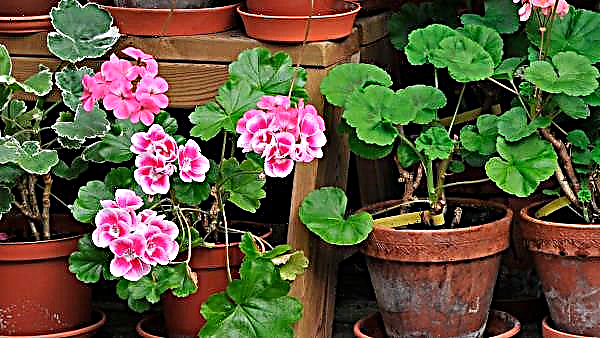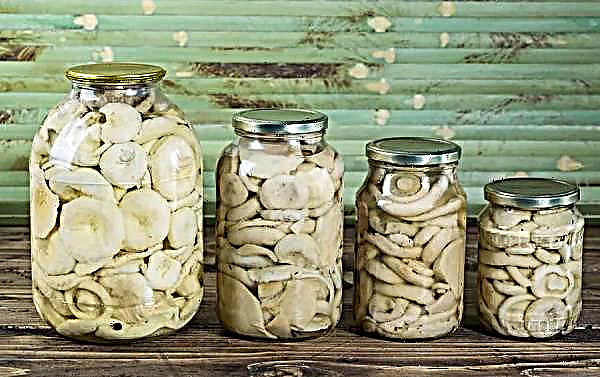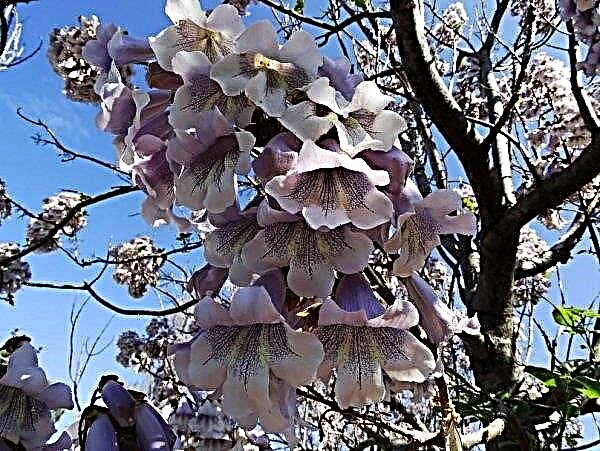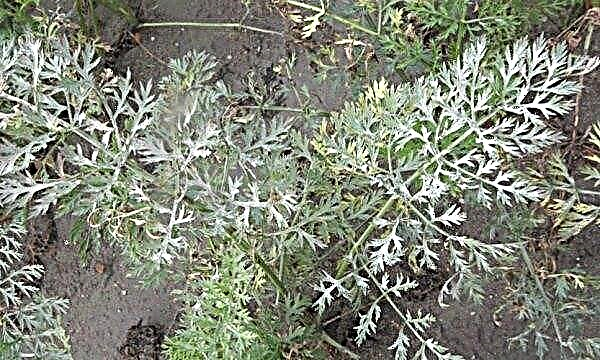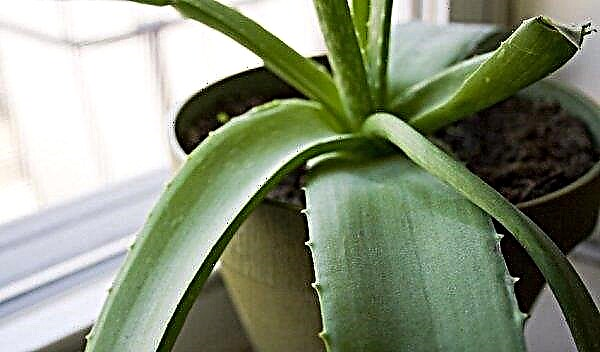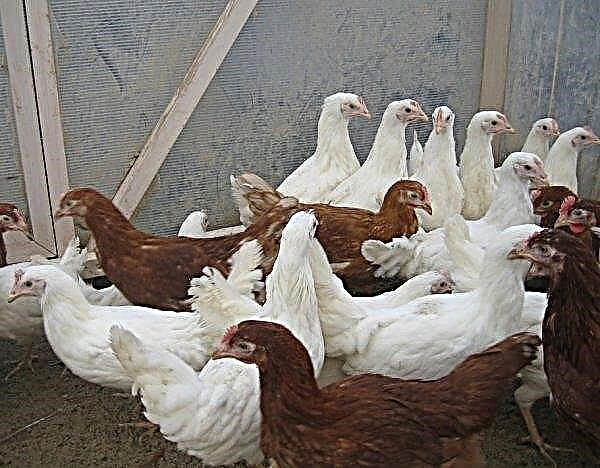Guzmania flower is a bright and unusual representative of tropical plants. Fans of indoor floriculture will appreciate its unusual juicy foliage and bright flowering. This flower attracts with its exotic beauty so much that many gardeners grow several varieties at once. Find out what care is required for the guzmania mix and what difficulties may arise when growing.
Botanical description of the plant
Being a herbaceous plant, the evergreen guzmania belongs to the bromeliad family, which has more than 130 varieties. But not all of them take root in room conditions.
Here is a list of the most common species best suited for home growing:
- reed
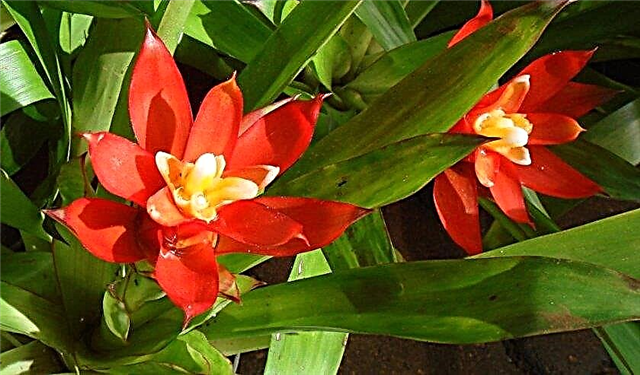
- Nicaraguan

- rare color,
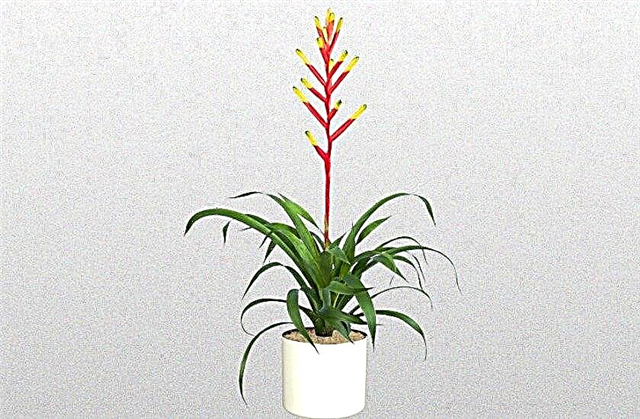
- mosaic
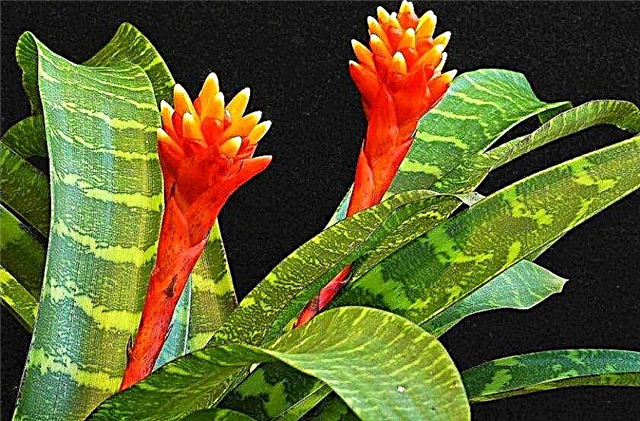
- one-ears.

Important! Guzmania begins to bloom only in the fourth year of life. In most cases, it dies after the end of this period, leaving young shoots behind.
Inside the leafy outlet there is a peduncle with flowers having bright bracts. They form an inflorescence. Since many gardeners grow guzmania mix, combining several different varieties in one pot, the color of the flowers can be very diverse: red, orange, white, yellow, etc.
This plant is characterized by long flowering - this period can last more than 3 months, mainly in spring and summer, but it depends on the variety of flower.
| Root system | underdeveloped |
| Stem | upright |
| Leaf shape | oblong |
| Leaf color | green |
| Flower shape | spike-like |
| Flower color | white, yellow, red, orange, etc. |
House growing conditions
Even for a novice gardener, caring for guzmania will not cause special difficulties in the presence of a greenhouse. Since the plant is of tropical origin, it needs to adapt to home conditions, so take care of the lighting, temperature and humidity in the room.
Lighting
In its natural habitat, guzmania prefers to grow in forests and on mountain slopes, and in indoor conditions it needs a well-lit place. In the period from March to September, ensure that diffused sunlight enters the plant from 10:00 to 18:00, in another time period it is recommended to place it under direct sunlight. This is also allowed between October and February. During flowering, guzmania should be protected from sunlight and organized artificial lighting for the plant.

Temperature
Since this plant is sufficiently thermophilic, a comfortable temperature for the beginning of its flowering will be + 25 ° C. When it has already released flowers, this indicator should be no lower than + 12 ° C.
Air humidity
In nature, guzmania grows in regions with high humidity, and at home it should be provided with similar cultivation conditions. So, this indicator should be 65–80%.
However, if you live in other climatic conditions, this level of humidity can be achieved by regularly spraying the flower. You can also place the flower in a container, on the bottom of which you must first lay moss, expanded clay, bark and periodically moisten this substrate.Did you know? This flower got its name thanks to the biologist of Spanish origin Anastasio Guzman. He first described it in 1802.
Home Care
In order for guzmania to bloom and not fade for a long time, it is necessary to familiarize yourself with the rules of watering, feeding and transplanting a plant. We will describe each of these processes in more detail and specify in what period and how often these actions should be performed.
Watering
Due to the fact that the plant is characterized by an underdeveloped root system, it is advisable to water it through the leaves. At the same time, the water should be warm (+20 ° C) and settled. In conditions of high humidity, you can do without watering, however, the plant will sometimes need to shower.
In conditions of moderate humidity, it should be sprayed 3 times a day and watered 1 time in 3 weeks. In this case, the leafy outlet is filled with water so that the liquid remains in the thickets of the plant for a long time. It is necessary to ensure that this does not provoke the appearance of mold, and change the water to fresh. A similar procedure should be performed every 2 months. In winter, the irrigation scheme should change slightly. So, it is necessary to water the plant under the root and moisten the outlet 1 time in 3 days.
Top dressing
Guzmania should be fed in the summer and spring time of the year from May to August, because at that time it blooms. To do this, you can use complex fertilizers, including mineral and organic substances, designed specifically for bromeliad plants. They are brought in, as a rule, 2 times a month in the summer and 1 time in 2 months in the winter.
Before applying fertilizer, familiarize yourself with its composition and method of application. During the procedure itself, it is recommended to reduce the dosage by half. Add the resulting solution to a leafy outlet and do not forget to erase the drops that have fallen on the leaves. If bracts are present on the plant or it is already blooming, then fertilizer can be applied by spraying the leaves.Important! Make sure that the fertilizer does not include such chemical elements as boron and copper, since they are harmful to this plant.
Transfer
Although guzmania is transplanted only 1-2 times (after purchase or during propagation), you still need to familiarize yourself with the algorithm of action. The best time for this would be spring. So, first prepare the container, it can serve as a pot with a diameter of 10-12 cm. Note that it should be heavier, because in the process of growth, guzmania can fall under its own weight. You can use a cache-pot.
Next, take care of the drainage layer, which should be located at the bottom of the pot. Expanded clay balls or drainage stones can be included in its composition.
Video: features of the development and transplantation of guzmania
Then prepare the substrate. It represents the soil, the acidity of which should be 5.5-7.0. Its composition may be different.
Imagine the options for self-cooking:
- fern and roots of sphagnum moss in a ratio of 3: 1;
- peat, sand, humus, turf land, peat in a ratio of 4: 1: 2: 2;
- coniferous bark, sand, sheet land and moss in a ratio of 2: 1: 2: 1.
After you have prepared the pot, placed drainage on its bottom and poured part of the substrate, it is necessary to reload the plant and add the rest of the soil. Water the guzmania at the end of the transplant.
Important! Remember that the soil should not be tamped so as not to damage the fragile roots of guzmania.
Propagation at home
Since after flowering, the mother’s outlet becomes unusable, the reproduction of guzmania is carried out using lateral processes, which are called babies in the common people. They are formed after the root of the flower reaches a length of 1.5 cm. And when the length of the process reaches about 15 cm, you can start reproduction and transplant the children into separate pots. This can be done when they have already formed their own roots.
Video: how to separate the children of guzmania
But this is not the only way to propagate the flower. It can also be obtained by planting a seed. To do this, you will need to not only prepare the planting material and soil, but also pre-wash the seeds in a special solution consisting of potassium permanganate. After this procedure, you should dry the seeds and sow superficially, not sprinkling with earth. At the end of the procedure, you will need to cover the pot with plastic wrap and leave it in a bright place until germination, setting the temperature at + 22 ... + 24 ° С. After 3 weeks, you can expect the first shoots.
Did you know? Guzmania has a characteristic ability to absorb dust indoors.
Possible growing difficulties
Although the process of growing guzmania is not too difficult, there are some difficulties that arise in the process:
- Wither leaves. This may be due to stagnation of water in the outlet and will provoke rotting of the roots. In this case, it will be appropriate to reduce the number of irrigations.
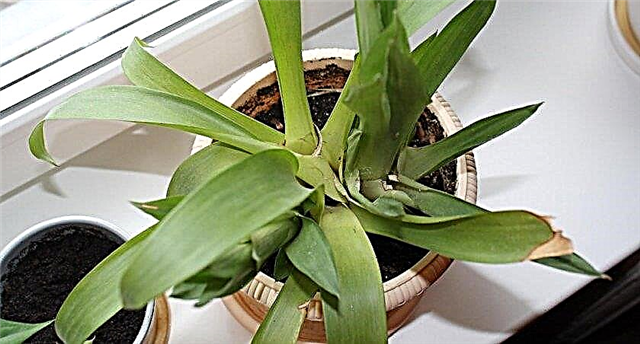
- Flowering does not occur. The reason may be that guzmania lacks lighting or, conversely, there is too much of it. Also, such a nuisance can provoke an insufficient amount of nutrients in the soil and a low indicator of humidity in the room where the flower is contained. In order to stimulate flowering, it is recommended that after dressing put bananas and apples in a pot with guzmania and cover it with a transparent film. Check the still life so that the fruit does not mold.
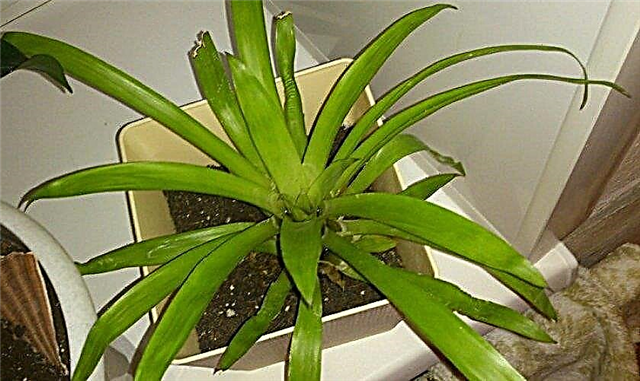
- Growth slowed down. This may be due to insufficient lighting and lack of nutrients in the ground.
Did you know? For residents of South America, guzmania is a symbol of male power. They also believe that the flower increases life expectancy and gives the person energy.
- Rotting rosettes and roots. This may indicate a local increase in moisture. To fix the problem, you need to stop watering or transplant guzmania altogether.
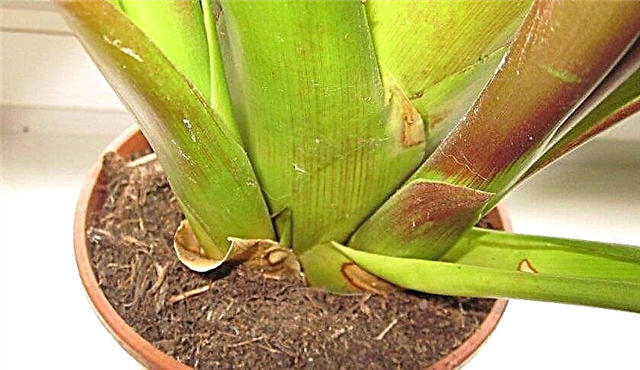
- Leaf curl. The reason for this may be the appearance of insect pests, such as spider mites, scale insects, mealybugs. To get rid of them, you need to wipe the leaves with a sponge previously moistened in a solution prepared from laundry soap.

- Spots on the leaves and trunk of gray and black. May cause damage to the fungus. To get rid of this, spray the guzmania with a fungicidal solution.

In general, growing guzmania should not cause much trouble, because with proper care it will bloom perfectly. This flower improves the home atmosphere and is a natural aphrodisiac, and therefore will be a wonderful and useful decoration for your home.












